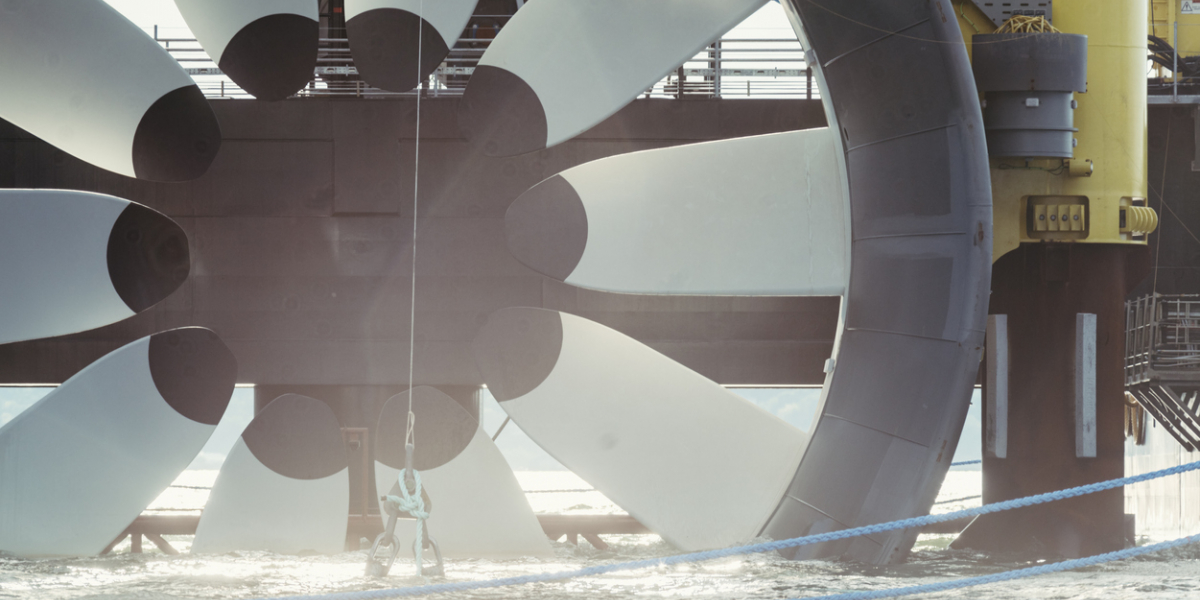
December 19, 2022
Guest post by Christina Hoicka, Marcello Graziano, Renata Leonhardt, Yuxu Zhao and Victor Ufot
The renewable energy transition has societal implications, including opportunities for citizen participation, equity and justice in workforce transitions, and reconciliation. Renewable energy clusters - in various forms - may be one of the drivers of a sustainability transition.
Renewable energy clusters combine multiple renewable energy production technologies (e.g., wind and solar) with distribution technologies that allow for flexibility in energy supply and demand balancing, such as storage, demand response, virtual power plants, and peer-to-peer sharing. A range of definitions, terminologies and synonyms for renewable energy clusters are emerging, and, during a climate emergency with risk of disruptions to socioecological systems, understanding this range is important to anticipate how a renewable energy transition will occur.
The process of typifying renewable energy clusters is crucial for understanding the underlying factors in their emergence, replicating best practices, removing potential barriers, and formulating better socio-technical interventions to justice implications. Typification has long been used in policymaking: from informing development policies to transferring know-how among ‘peers’ based on data-driven approaches.
By typifying, we will be defining, which, in turn, will be used to evaluate, learn, and transfer the knowledge acquired by the experiences of existing renewable energy clusters. Thus, the typification process will provide us with the opportunity to understand how drivers and barriers affect the rise and performance of renewable energy clusters, and, consequently, how to replicate the success stories and/or counter those elements that negatively affect their performance.
While some of the elements of renewable energy clusters have been identified by other scholars, there are no typologies of renewable energy clusters. Typification of renewable energy clusters by relevant characteristics as well as by the synthesis of factors that typify their emergence are useful to understanding how a renewable energy transition might occur in various locations.
To this end, our research presents an analytical framework to identify potential explanatory factors that can later be tested to predict and typify the emergence of renewable energy clusters in locations with different social, geographic, institutional, and economic characteristics, and to understand their implications for renewable energy transitions in local regions.
The factors that could influence the emergence of renewable energy clusters in various locations were identified based on the selected approaches from Technology Innovation System (TIS), Energy Geography, and Regional Sciences. Actors, institutions, networks, knowledge and tools, proximity, locational characteristics, and path dependency are the seven initial dimensions through which renewable energy cluster typologies could emerge.
The analytical framework developed identifies essential concepts that can assist policymakers in making decisions and cause advancement in the field of sustainability transitions, regional approaches, and energy geography and serve as a guide for future analyses about renewable energy transitions. The identification of types and examples of renewable energy makes it easier to identify the similarities and differences between different kinds of renewable energy clusters.
Our analysis determined three general types of renewable energy clusters:
1) Industrial renewable energy clusters are the spatial groupings and/or network agglomerations of firms, institutions, services, and suppliers that produce renewable energy and low-carbon technologies and innovations.
2) Material-shared renewable energy clusters, such as integrated community energy systems, are shared electricity systems resulting from clusters of innovations and actors. These clusters are considered the building blocks of a reliable, resilient, renewable energy system. This portfolio structure requires proximity and governance between actors, renewable energy generation capabilities, and grid connections.
3) Material renewable clusters power existing communities and new and existing industries. These types of clusters are focused on increasing the share of renewable energy in a community or industrial cluster, often as an added layer on top of existing industrial policies and regional industrial networks.
The next step will be to test our hypotheses to determine whether typologies of renewable energy clusters exist - i.e. whether differences among groups of renewable energy clusters are significant - and for understanding which determine these typologies. To achieve this, we will be collecting a global dataset to populate directly, or by proxy, the seven dimensions of potentially influencing factors listed above. The dataset will then be fed into a clustering algorithm, Affinity Propagation (see the seminal work of Frey and Dueck, 2007; Givoni et al., 2011).
We look forward to continuing this important work, as our creation of a good typology can support the identification, prediction and explanation of the emergence and evolution of renewable energy clusters and helps accelerate the transition speed of the renewable energy system, becoming an effective strategy to accomplish these aims.